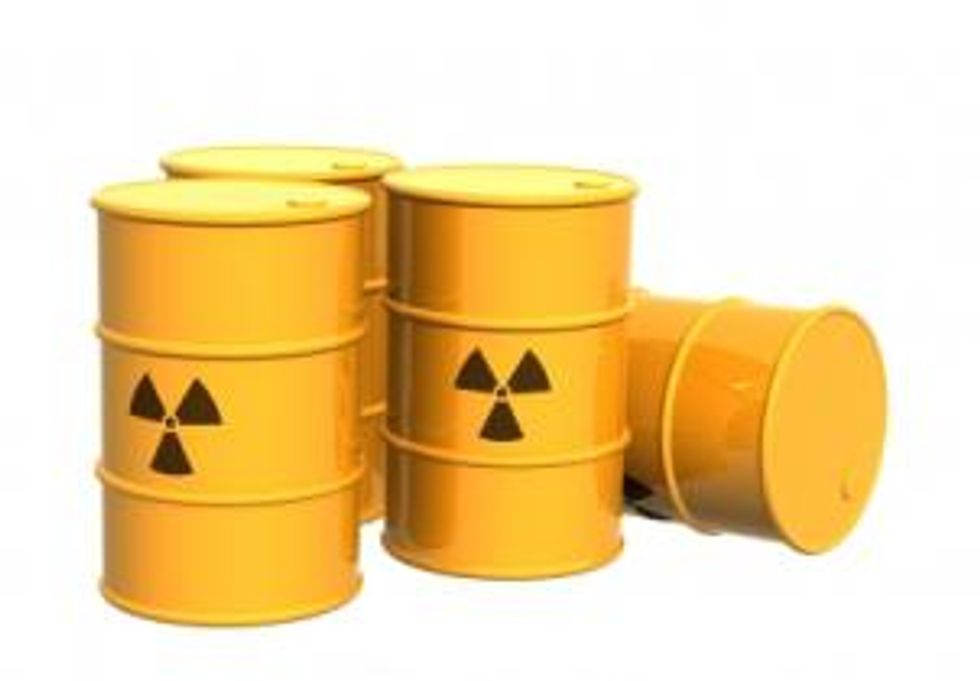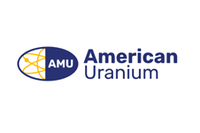Most of mainland China’s electricity is currently produced from fossil fuels, with approximately 80 percent from coal, 2 percent from oil, and 1 percent from gas. At present 13 reactors are in operation producing roughly 10,000 MWe net and the 27 reactors under construction are expected to produce around 27,500 MWe net.Additional reactors are planned, including some of the world’s most advanced, to give more than a tenfold increase in nuclear capacity to 80 GWe by 2020, 200 GWe by 2030, and 400 GWe by 2050.
By Dave Brown – Exclusive to Uranium Investing News
Most of mainland China’s electricity is currently produced from fossil fuels with approximately 80 percent from coal, 2 percent from oil, and 1 percent from gas. Hydropower is also an important source in the energy mix for the country, attributable for 15 percent of electricity produced. Two large hydro projects are recent additions: Three Gorges of 18.2 GWe and Yellow River of 15.8 GWe. In November, analysts were suggesting that a shale gas market will emerge quickly in China as the players ramp up activities in the unconventional gas sector, which is likely to experience double-digit growth year-on-year. China is still seen to be at a preliminary stage of developing unconventional gases such as shale gas.
Urbanization, industrialization and rapid growth in demand have given rise to power shortages; the reliance on fossil fuels has led to much air pollution. The economic loss due to pollution has been estimated by the World Bank to be almost 6 percent of the nation’s gross domestic product (GDP). In 2009, power shortages were most acute in central provinces, particularly Hubei, and last December the Central China Grid Co. posted a peak load of 94.6 GW.
Underlying Disadvantage
Although coal is currently the main source of energy for China, most reserves are in the north or northwest of the country and this presents a significant logistic problem. Nearly half the country’s rail capacity is used in transporting coal. China is well advanced in developing and deploying supercritical and ultra-supercritical coal plants, as well as moving quickly to design and deploy technologies for integrated coal gasification combined cycle (IGCC) plants. The government has forced the retirement of some smaller inefficient coal fired plants with over 60 GWe closed over the last 4 years. This has reduced annual coal consumption by more than 69 million tonnes and annual carbon dioxide emissions by 139 million tonnes; however, because of a continued reliance on old coal fired plants, electricity generation accounts for much of the country’s air pollution. This context provides a compelling reason to increase nuclear share and enables tremendous opportunities for uranium mining companies and investors.
China recently eclipsed the US as the world’s largest contributor to carbon dioxide emissions and the Energy Information Administration (EIA) predicts that China’s share in global coal related emissions will grow by 2.7 percent per year through to 2030, accounting for approximately 52 percent of the projected world total. Total carbon dioxide emissions in China are projected to grow by 2.8 percent per year through 2030, roughly attributable for 28 percent of world total. As a relative comparison, carbon dioxide emissions in the US are projected to grow by 0.3 percent per year.
Nuclear Power
Nuclear power has already become an important role, particularly in coastal areas where the economy is developing rapidly and less accessible to the coal sources. Generally, nuclear plants can be built close to centres of demand, whereas suitable wind and hydro sites are more remotely located. Building nuclear power was initiated in 1970 although the industry has moved into a rapid development phase since 2005. Additional reactors are planned, including some of the world’s most advanced, to give more than a tenfold increase in nuclear capacity to 80 GWe by 2020, 200 GWe by 2030, and 400 GWe by 2050.
Technology has been drawn from France, Canada and Russia, with local development based largely on the French element. Very recent allegations from a source in the French government regarding corporate espionage involving the Chinese obtaining information for electric vehicle technology has followed a general distancing over the last 12 months. Last week China indicated that it had developed technological advancements to reprocess spent nuclear fuel after working on this process for more than two decades. The latest Chinese nuclear technology acquisition was obtained from the US and France. The Westinghouse AP1000 is the main basis of technology development in the immediate future. The company indicates that about 50 percent of global nuclear plants currently operational are based on Westinghouse technology.
Earlier this year, China National Nuclear Corporation (CNNC) announced that it received approval from the government to start preliminary work for the construction of 4 additional nuclear units in China. The units will be located at the existing Tianwan NPP and the new Xudabao nuclear project. It is expected that the first of the newly announced generators based on Westinghouse technology will be operational by 2017. With a sixty-year design life and an eighteen-month fuel cycle uranium investors can expect the implications in growth of this electricity source to yield significant returns. At present in China 13 reactors are in operation producing roughly 10,000 MWe net and the 27 reactors under construction are expected to produce around 27,500 MWe net.






